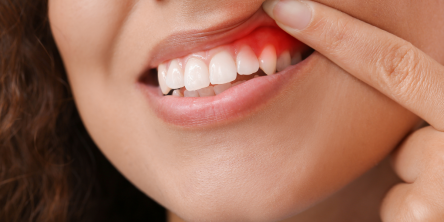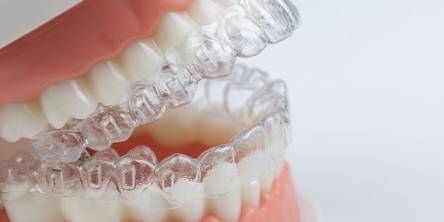Useful Guide to Understanding How Dental Insurance Works

Choosing an insurance plan can be a nightmare. Unfortunately, many base-level insurance plans don't include dental, meaning you need to repeat the process for supplemental coverage.
Once you understand the basics of how dental insurance works, the decision-making process will become easier. Here's a useful guide to understanding dental insurance, so you can make an informed choice.
What Dental Insurance Covers
Most private insurance covers a few special dental services— for example, pre-screening before cancer treatment or trauma treatment in the event of an accident (i.e., fixing a broken jaw). However, for proper dental coverage, you'll need supplemental insurance.
Most basic dental insurance plans cover preventative maintenance, like cleanings, and restorative services, like filling cavities. It will also cover a portion of major dental procedures, like putting in a crown or bridge. Basic coverage will generally cover a significant portion of preventative and basic procedures (80-100%) and less for major procedures (50-60%).
Dental insurance doesn't cover cosmetic procedures, like veneers. However, you can get additional coverage for braces as there are medical factors at play.
How to Choose a Dental Plan
The first thing to look at when choosing a dental plan is your eligibility options. If you are eligible for a military program like Tricare or an age-related program like Medicare, you should evaluate those options first. Dental plans that fall under these umbrellas will be more affordable and might cater to your demographic.
If you aren't eligible for those programs, consider looking at your employer's insurance offering. Employer-sponsored plans are also more affordable than individual options, as the employer receives a bulk discount and contributes to your premiums.
If a group policy isn't an option, you'll have to choose an individual insurance policy. Start by considering your expected needs for the next few years and your premium versus deductible rates. Generally speaking, a higher premium, lower deductible is suitable for those who expect to have advanced needs. Alternatively, lower premium, higher deductible programs are ideal for those with fewer estimated needs.
Open Access vs. Closed Network Plans
Another thing to evaluate when choosing dental insurance is whether you're enrolling in an open access or closed network plan. An open-access program lets you choose the dentist you desire, while a closed network plan only works with a predetermined list of dental professionals.
Choosing a plan that works for you ultimately depends on whether you have a dentist you prefer. If not, a closed network plan can connect you with a skilled, covered dental professional. Be sure to take a closer look at the coverage area when enrolling in a closed network plan, especially for specialist services. You want to ensure that you won't be required to drive halfway across the state to see your dentist.
Understanding Payments and Coverage
While the percentage coverage is pretty straightforward, it's also essential to understand the other fees you'll be required to pay. Your deductible is the amount you must pay out of pocket before your insurance kicks in. Copayments are a set amount that you pay for each service rather than a percentage of the total cost. Finally, your premiums are what you pay monthly to maintain your coverage.
Direct Billing vs. Reimbursement
Another thing to look at is whether your service provider and plan allow for direct billing or if they follow the reimbursement model. Paying for specialty services upfront isn't feasible for many households. Be sure to clarify this point before enrolling.
Understanding Waiting Periods
Finally, it's also vital to understand waiting periods. Many dental insurance providers implement a mandatory waiting period to prevent you from getting insurance for a previously identified issue. Some also implement a pre-approval process for more expensive services or a maximum coverage amount.
The critical thing to remember when purchasing dental insurance is to read the fine print before enrolling. Take your time to learn the nuances of each plan, then find the one that's right for you.
Similar Articles
When most people think about straightening their teeth, they envision traditional metal braces. However, because of recent advances in orthodontics, there are now more discreet, pleasant, and efficient solutions available.
Healthy gums not only ensure a beautiful smile but are also essential for overall oral health. However, conditions often arise that require surgical intervention in addition to dental treatment.
A tight booking calendar, a last-minute casting call, and a grin that has to look flawless by Friday—life as a Harlem creative rarely leaves space for dental upgrades
Gingivitis is an inflammation of the gums caused by the accumulation of plaque and bacteria.
Curious about Invisalign but unsure if it's the appropriate treatment option for you? You are in the right place. We are the experts in clear aligner orthodontic systems
A missing tooth is not only an aesthetic problem but can also affect overall oral health.
A snow-white smile has been a symbol of health, self-confidence, and success. For this reason, teeth whitening is one of the most popular procedures in dentistry. But not everything is as simple as it might seem at first glance
In the age of social media, TikTok has quickly become a platform where trends are born and shared at lightning speed
A toothache can be unbearable and literally throw you out of your usual rhythm of life.









